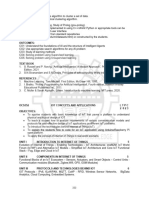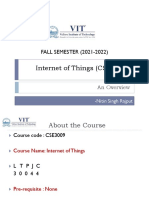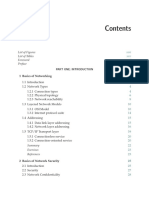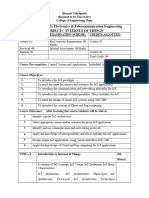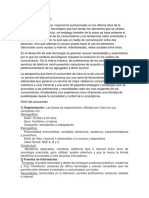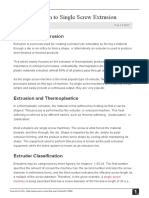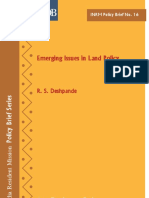0% found this document useful (0 votes)
24 views2 pagesSyllabus
The document outlines the course structure for CS1709 Edge Computing, focusing on the Internet of Things (IoT) and its applications. It covers topics such as IoT concepts, sensors, protocols, building IoT systems with Raspberry Pi and Arduino, and real-world applications. The course aims to equip students with the skills to analyze, design, and deploy IoT solutions.
Uploaded by
KrishaCopyright
© © All Rights Reserved
We take content rights seriously. If you suspect this is your content, claim it here.
Available Formats
Download as PDF, TXT or read online on Scribd
0% found this document useful (0 votes)
24 views2 pagesSyllabus
The document outlines the course structure for CS1709 Edge Computing, focusing on the Internet of Things (IoT) and its applications. It covers topics such as IoT concepts, sensors, protocols, building IoT systems with Raspberry Pi and Arduino, and real-world applications. The course aims to equip students with the skills to analyze, design, and deploy IoT solutions.
Uploaded by
KrishaCopyright
© © All Rights Reserved
We take content rights seriously. If you suspect this is your content, claim it here.
Available Formats
Download as PDF, TXT or read online on Scribd
/ 2













